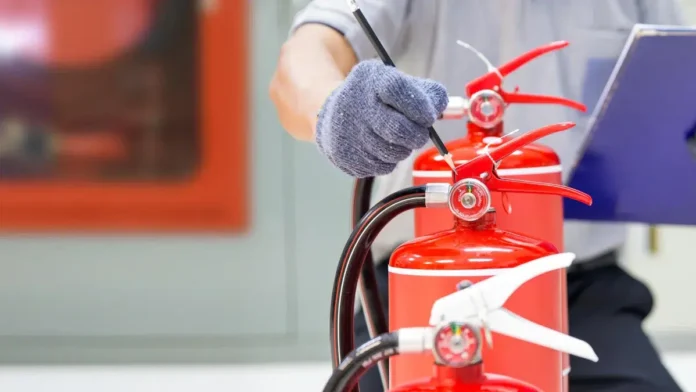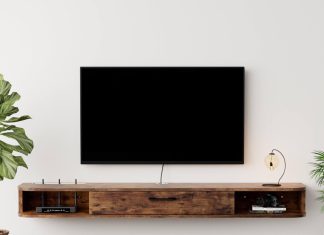At first glance, that panoramic view from a high-rise condo or apartment might seal the deal, but take a step back before you sign the lease. If you plan to move into a high-rise, it’s important to ensure this building offers the latest fire safety upgrades.
When your home is several stories off the ground, safety must be prioritized. Fires can escalate quickly in tall buildings, and escaping can be difficult. In the event of a fire, you can’t just ride the elevator, and stairwells can fill up with smoke.
So, before you commit to leasing with a high-rise, consider if the fire safety equipment, code compliance measures, and evacuation routes can protect you when it matters most. Here are the main fire safety upgrades to look for in your potential new home.
1. Sprinklers and Smoke Detectors That Work
Not every building maintains its equipment in accordance with the latest fire safety codes. Each residential unit should have functional smoke detectors, and there should be sprinklers inside the apartment—not just in the hallways. If the building owner or manager can’t tell you how often maintenance checks and inspections occur, this is a serious red flag.
2. Fire-Rated Doors That Hold Up Under Pressure
Fire-rated doors can impact how quickly a fire spreads. They’re built to hold off heat and flames for a set period, buying residents more time to evacuate safely. Ask if the entrance door to your unit and the doors to the stairwell are both fire-rated. If the doors are flimsy, warped, or missing seal strips, this could be a major cause for concern in the event of a fire.
3. More Than One Exit Route
In a real emergency, access to only one stairwell can be dangerous. A safe high-rise should have at least two clear, accessible stairways—and the stairs must be clean and free from clutter at all times. There should also be illuminated exit signs in each hallway.
This might seem like a small detail, but it matters if the power goes or the smoke is hard to see through. If you want to learn more about the components of an evacuation ready high-rise, the National Fire Protection Association has a helpful breakdown.
4. Pressurized Stairwells or Smoke Control Systems
In a high-rise, smoke can spread just as quickly—if not, faster—than the flames. If the building doesn’t have a smoke control system, the stairwells can fill up fast, making evacuation almost impossible. Pressurized stairwells keep the air clear so residents can breathe and see while they escape. Smoke exhaust systems also help reduce smoke accumulation in common areas and hallways. These features aren’t mandatory in newer buildings, but if you’re moving into an older one, inquire if these upgrades have been made.
5. A Working Emergency Communication System
During a fire, the onsite staff should be able to communicate with all residents. That requires a public broadcast system that can circulate instructions and alerts across the whole premises. Some buildings also offer two-way communication, so residents can call for help from stairwells or elevators. If you’re unfamiliar with high-rise apartments, it’s easy to overlook this feature, but it can make such a meaningful difference when every second counts.
6. Up-to-Date Inspections and Code Compliance
Don’t assume just because a building looks modern that it complies with the latest codes. Some buildings seem sleek and polished, but aren’t consistently inspected or maintained. Ask to see proof of the most recent fire safety inspection. If they can’t provide one, or if it’s been more than a year, reconsider living there. Residential high-rises are legally required to meet strict codes and undergo routine maintenance to keep all systems functional. You deserve to know what is taking place behind the scenes of the building you call home.
Before You Sign the Lease, Ask These Questions
A high-rise apartment can be an excellent place to live, but a lack of fire safety protocols isn’t something you want to discover once the lease has been signed. So, look past those granite countertops and ask the pressing questions. Make sure the building has the kind of safety measures that can protect lives—rather than just check a few boxes.












